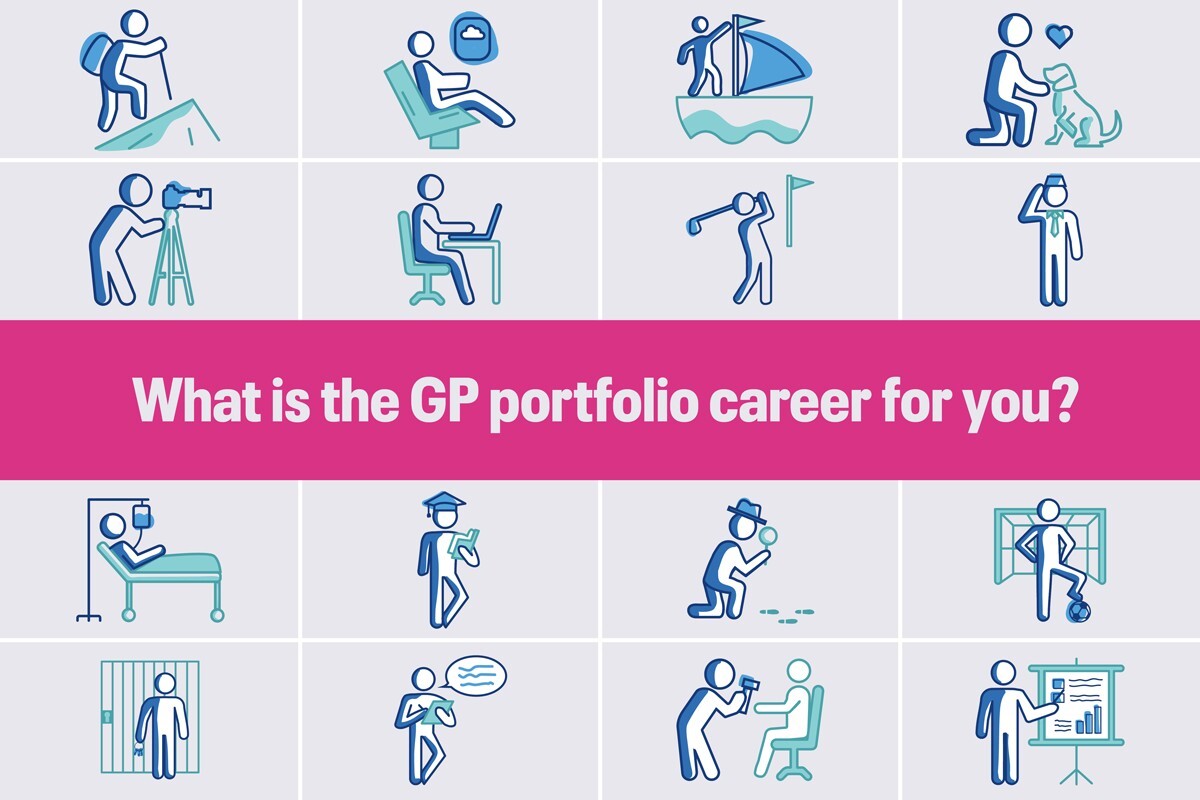GP working at a homelessness shelter – all you need to know

Dr Pia Martinus worked as a GP in a homelessness shelter for eight years, giving medical care to people using the shelter’s services. She explains what’s involved in the role
How do I get into the role (including necessary qualifications)?
Being a qualified GP is sufficient to work in this field, although – due to the nature of the work – holding the RCGP certificate in the management of drugs misuse may be useful. In the first instance, you should contact a GP outreach service in your area to enquire about vacancies and opportunities. It might be possible to secure a job first, and then complete any courses.
How much does it pay?
Remuneration is equivalent to a salaried GP role.
How much time do I need to devote to it?
It’s possible to work full time as a GP for homeless people, delivering care across a standard number of sessions. I work in my role one day per week, one session of which is at the homelessness hostel, and the other at the practice that holds the contract for the service. The amount of time given over to the role can vary widely.
What’s good about the job?
Patients you treat are in genuine – and sometimes desperate – need of help, and as such, they are typically very appreciative. I can pretty much guarantee that you will never feel that you are tinkering with the worried well. Moreover, colleagues tend to be very supportive, because they are doing a job they truly believe in.
What’s bad about the job?
By the very nature of the job – seeing and treating patients who have no fixed abode – hygiene and cleanliness can sometimes be a problem.
Advice from the MDDUS
Caring for patients in outreach or non-traditional settings is important and complex. Contact us to discuss whether your role requires cover.
Click here to see all the other portfolio careers in this series













